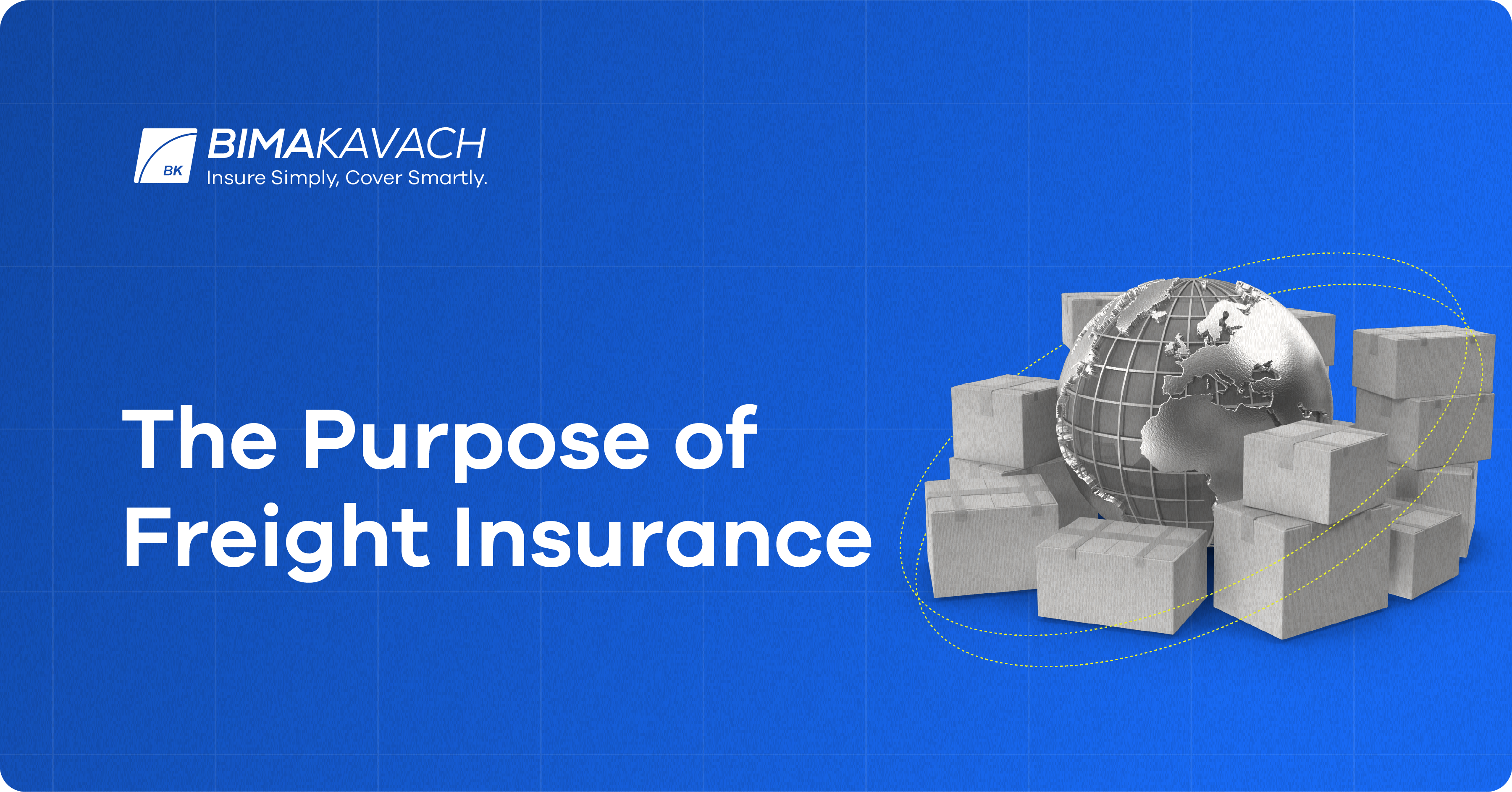Pacific Prime for Dummies
Table of ContentsThe Basic Principles Of Pacific Prime What Does Pacific Prime Mean?The Ultimate Guide To Pacific PrimeThe Single Strategy To Use For Pacific PrimeWhat Does Pacific Prime Mean?

This is because the data were collected for a period of strong economic efficiency. Of the approximated 42 million individuals that were uninsured, just about concerning 420,000 (about 1 percent) were under 65 years old, the age at which most Americans end up being qualified for Medicare; 32 million were adults in between ages 18 and 65, about 19 percent of all grownups in this age group; and 10 million were children under 18 years of age, concerning 13.9 percent of all youngsters (Mills, 2000).
These estimates of the number of individuals without insurance are created from the annual March Supplement to the Current Populace Study (CPS), performed by the Census Bureau. Unless or else kept in mind, national price quotes of people without medical insurance and proportions of the population with various type of protection are based upon the CPS, the most widely used resource of estimates of insurance protection and uninsurance rates.
Some Of Pacific Prime

Still, the CPS is especially beneficial because it creates yearly price quotes reasonably quickly, reporting the previous year's insurance coverage approximates each September, and since it is the basis for a constant set of quotes for greater than 20 years, allowing for analysis of fads in coverage with time. For these reasons, along with the substantial use the CPS in various other researches of insurance policy coverage that are provided in this report, we depend on CPS quotes, with constraints kept in mind.

The estimate of the number of without insurance people increases when a population's insurance policy condition is tracked for numerous years. Over a three-year duration beginning early in 1993, 72 million people, 29 percent of the U.S. https://disqus.com/by/disqus_tLNq8V4sBK/about/. population, lacked coverage for at least one month. Within a solitary year (1994 ), 53 million people experienced a minimum of a month without protection (Bennefield, 1998a)
Six out of every ten uninsured grownups are themselves employed. Functioning does boost the likelihood that one and one's household participants will have insurance coverage, it is not an assurance. Even members of families with 2 full time breadwinner have nearly a one-in-ten chance of being uninsured (9.1 percent uninsured rate) (Hoffman and Pohl, 2000).
Some Known Factual Statements About Pacific Prime
New immigrants represent a significant percentage of individuals without medical insurance. One evaluation has actually connected a substantial section of the recent development in the dimension of the united state without insurance population to immigrants that arrived in the country between 1994 and 1998 (Camarota and Edwards, 2000). Current immigrants (those that pertained to the United States within the previous 4 years) do have a high rate of being without insurance (46 percent), yet they and their kids represent just 6 percent of those without insurance policy country wide (Holahan et al., 2001).
The partnership between health and wellness insurance coverage and access to care is well established, as documented later in this phase. The relationship in between wellness insurance policy and health results is neither direct neither easy, a considerable scientific and health solutions research literary works links health and wellness insurance protection to improved accessibility to care, much better quality, and enhanced personal and population wellness condition.
Levels of evaluation for examining the impacts of uninsurance. It concentrates especially on those without any wellness insurance coverage for any length of time.
Getting The Pacific Prime To Work
The troubles dealt with by the underinsured are in some respects comparable to those faced by the uninsured, although they are typically less extreme. Wellness insurance coverage, nevertheless, is neither essential neither adequate to obtain accessibility to clinical solutions. The independent and direct result of wellness insurance protection on access to wellness services is well developed.
Others will get the healthcare they require even without medical insurance, by paying for it out of pocket or seeking it from providers that offer treatment cost-free or at extremely subsidized prices. For still others, wellness insurance coverage alone does not make certain invoice of care as a result of other nonfinancial barriers, such as an absence of healthcare service providers in their community, restricted accessibility to transport, illiteracy, or etymological and social distinctions.
Some Known Facts About Pacific Prime.
Formal research concerning without insurance populations in the United States dates to the late 1920s and navigate to these guys very early 1930s when the Board on the Expense of Healthcare generated a series of reports regarding financing physician workplace sees and hospital stays. This problem became salient as the varieties of clinically indigent climbed up during the Great Depression.